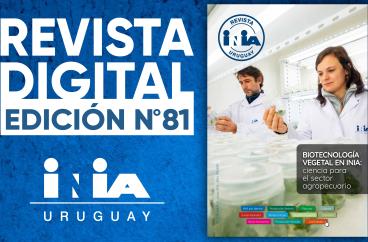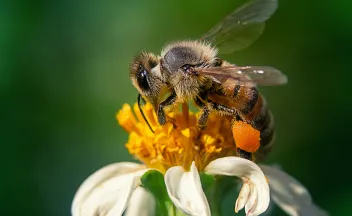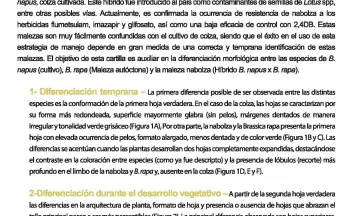
30/06/2025
Revista INIA N° 81: variedad de contenidos y un informe especial sobre Biotecnología Vegetal para el sector agropecuario



Malezas del género Brassica, conocidas comúnmente por nabolza, son freruentemente reportadas infestando cultivos y pasturas sembradas en Uruguay. La nabolza es un híbrido resultante del auzamiento entre la maleza Brassica rapa (sinónimo de B. campestris) autóctona de la región y Brassica napus, colza cultivada. El objetivo de esta cartilla es auxiliar en la diferenciación morfológica entre las especies de B. napus (cultivo), B. rapa (Maleza autóctona) y la maleza nabolza (Híbrido B. napusx B. rapa).
